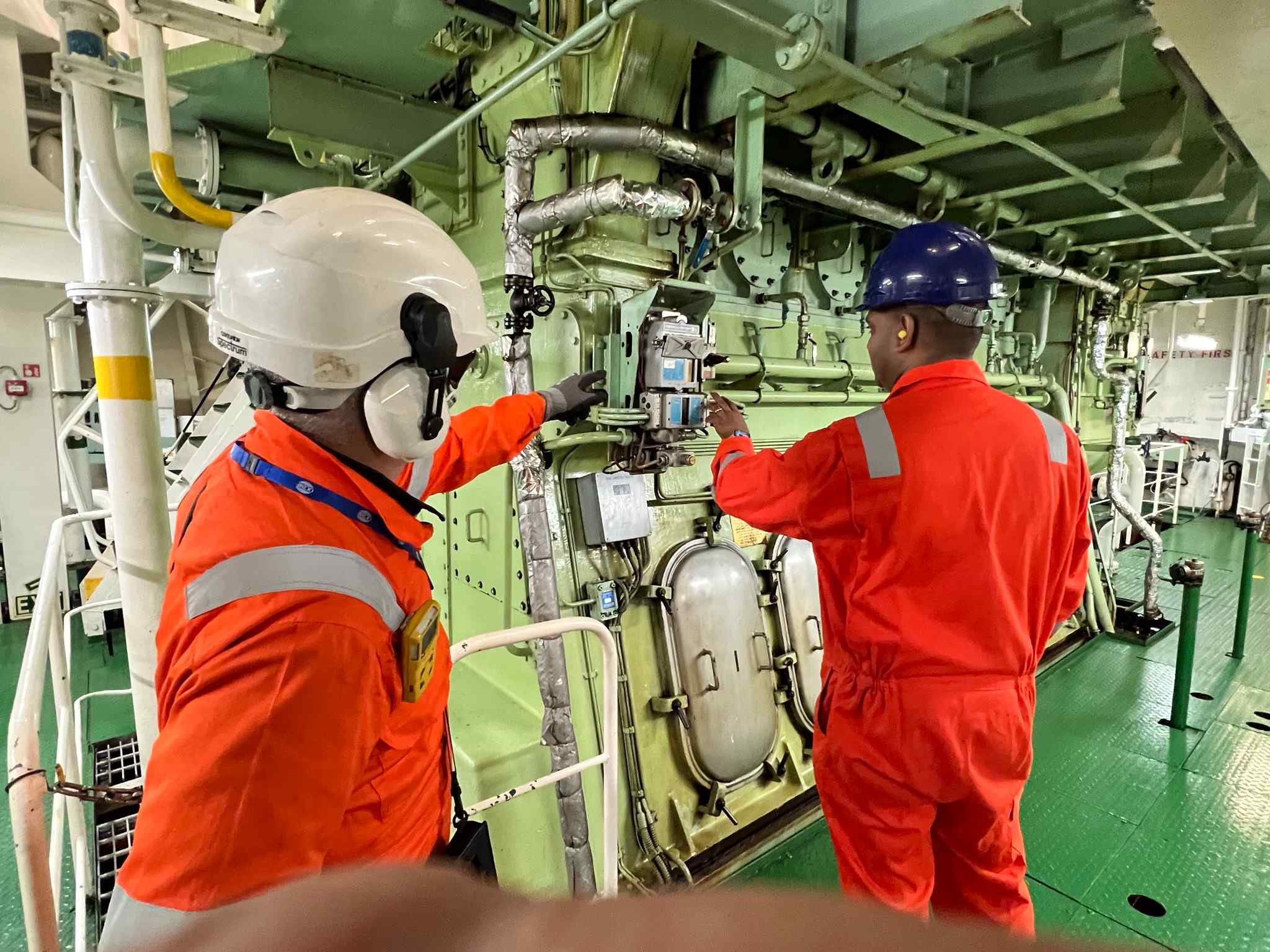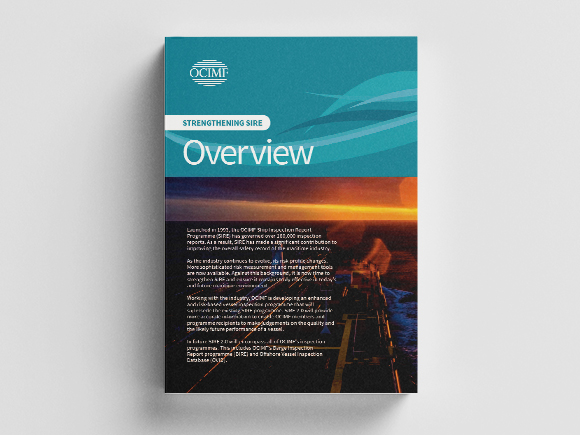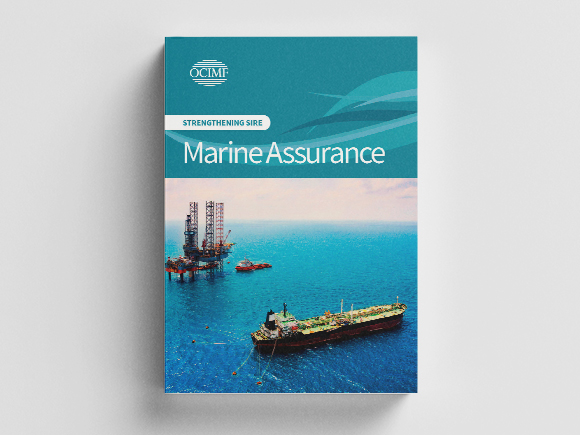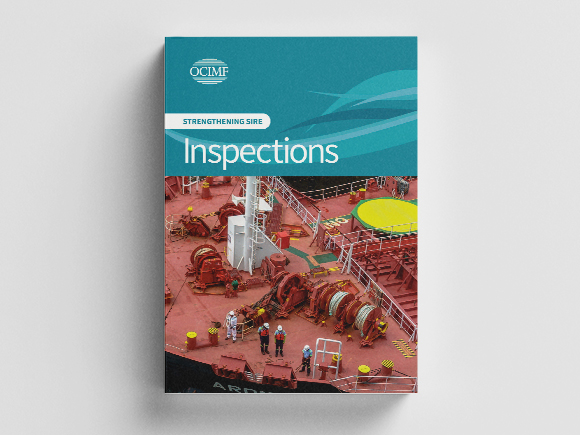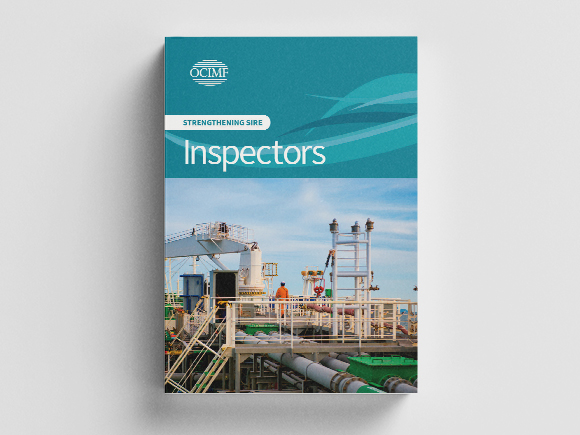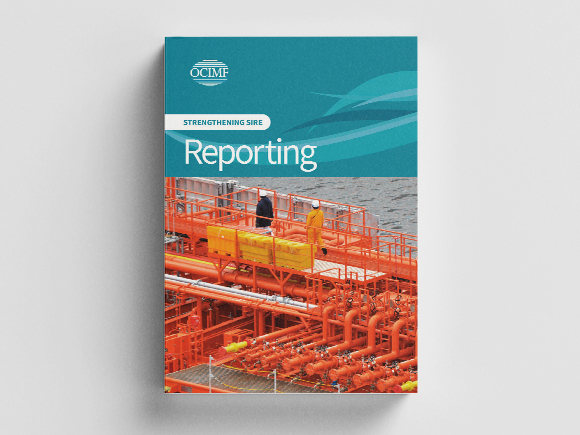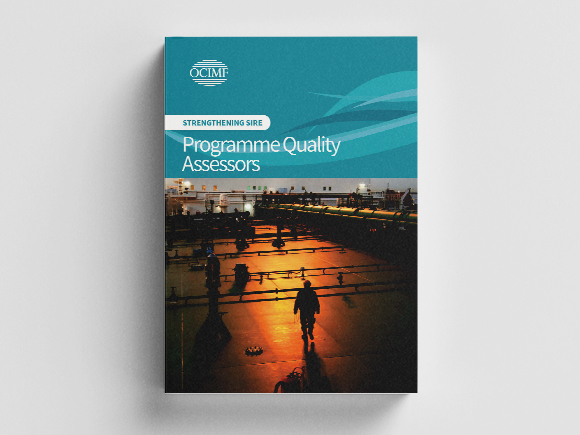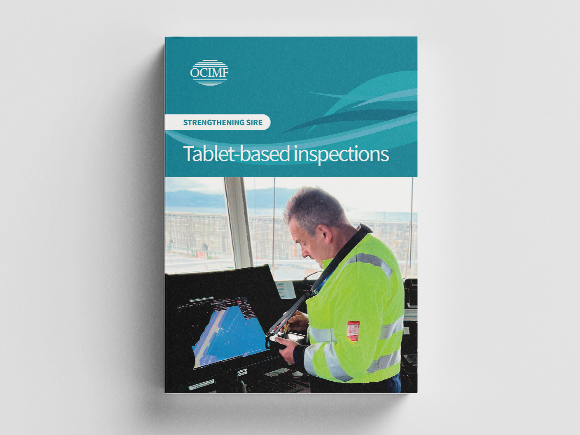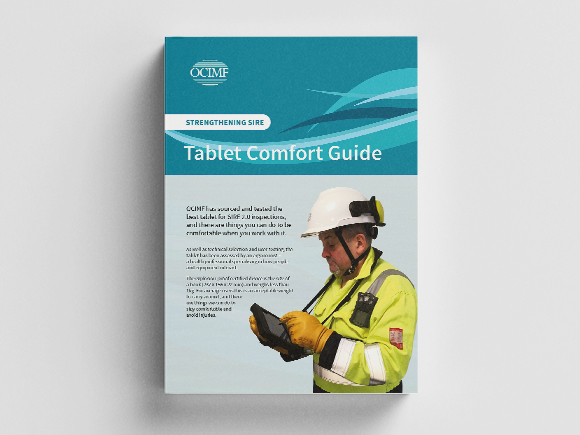OCIMF’s Ship Inspection Report Programme (SIRE) was originally launched in 1993 to specifically address concerns about sub-standard shipping. It is one of OCIMF’s most significant safety initiatives and in 2005 barges and small vessels were incorporated into the SIRE programme.
The SIRE programme is a unique tanker risk assessment tool of value to charterers, ship operators, terminal operators and government bodies concerned with ship safety. Participation in the SIRE programme is on an entirely voluntary basis and the programme has established itself as a major source of technical and operational information to prospective charterers and other programme users.
The SIRE system is a database of up-to-date information about tankers and barges. Essentially, SIRE has focused tanker industry awareness on the importance of achieving satisfactory tanker quality and general ship safety standards. Since its introduction, this voluntary SIRE Programme has received industry-wide acceptance and participation by OCIMF members, programme recipients and ship operators. OCIMF is in no doubt that better informed vetting decisions are leading to improvements in the quality of ships, accelerating its continuing drive for safer ships and cleaner seas.
The SIRE programme is underpinned by a database of up-to-date information. Since its introduction, more than 180,000 inspection reports have been submitted to SIRE. Currently there are over 22,500 reports on over 8000 vessels for inspections that have been conducted in the last 12 months. On average, programme recipients access the SIRE database at a rate of more than 8000 reports per month.
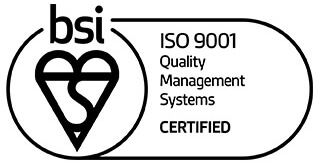
FS 55482

